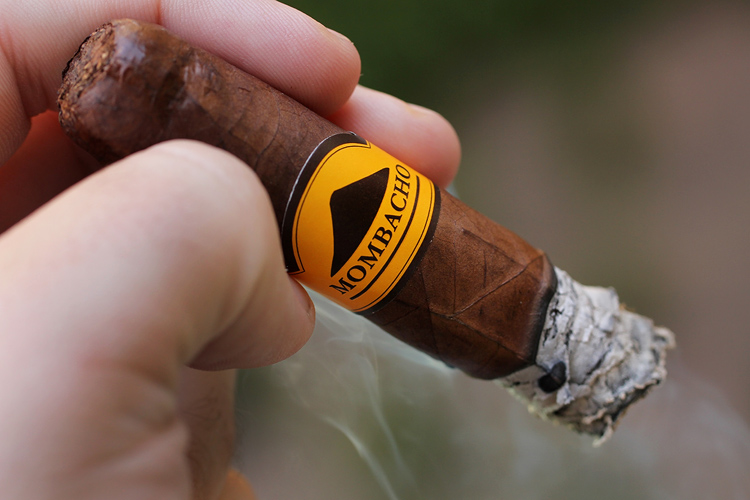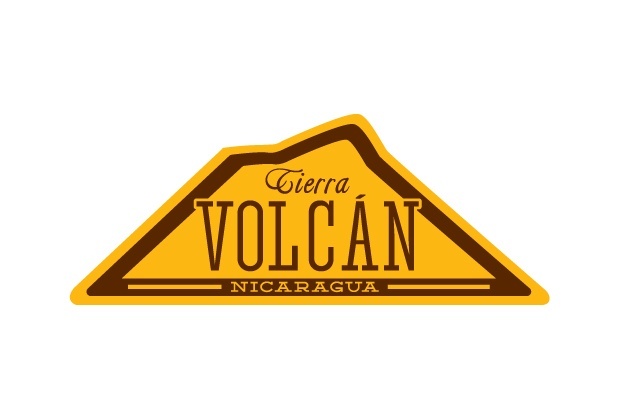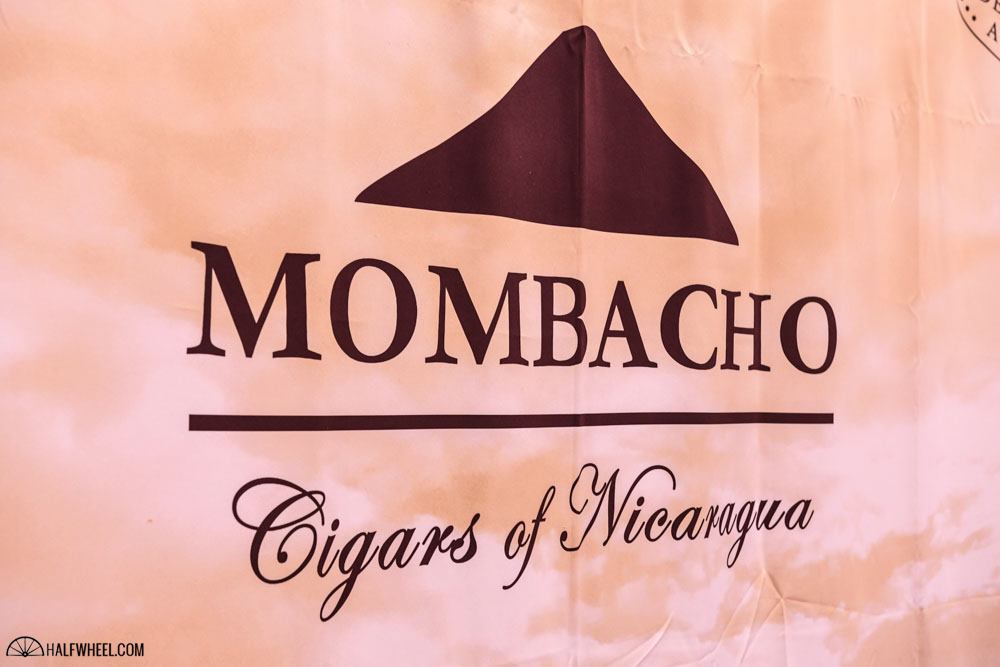Mombacho Cigars was founded in the spring of 2006 by a pair of Canadian friends, one of whom, Markus Raty, handles sales for the company and was kind of enough to answer some questions about the cigars.
According to a 2008 story from Financial News which was reposted by CigarWeekly.com, Raty and Toronto-based beer entrepreneur Cameron Heaps visited Nicaragua in 2005 and met Silvio Reyes, the owner of Dona Elba Cigars, a small cigar manufacturing operation in Grenada, Nicaragua.
Sadly, Reyes passed away in May 2012 at the age of 63. Raty, Heaps, a third friend named Martin Ritchie (who has since left the company) and Reyes would form an agreement over a handshake and Mombacho cigars was born. Currently, all cigars are made onsite at the Casa Mombacho in Greanda, Nicaragua. It was on a recent trip to the country that I came across the factory and retail store, which houses a well-stocked humidor carrying only Mombacho cigars in three sizes:
- Robusto – 5 1/2 x 50
- Corto – 4 x 50
- Mombachito – 5 1/2 x 26
There also seemed to be a fourth, Toro-like size for sale, but it is not listed on the website and Raty tells me that the company doesn’t make that size. However, I distinctly remember being offered two different sizes, with the larger one coming in tubes, a Spanish cedar box and with a price tag of three cigars for $35.
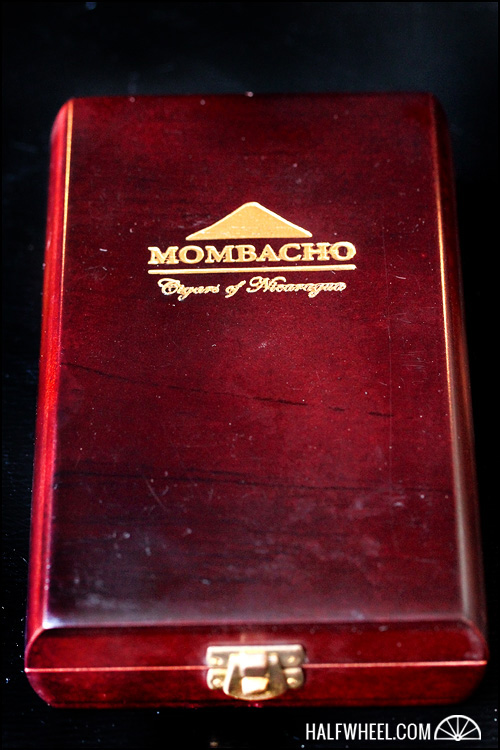
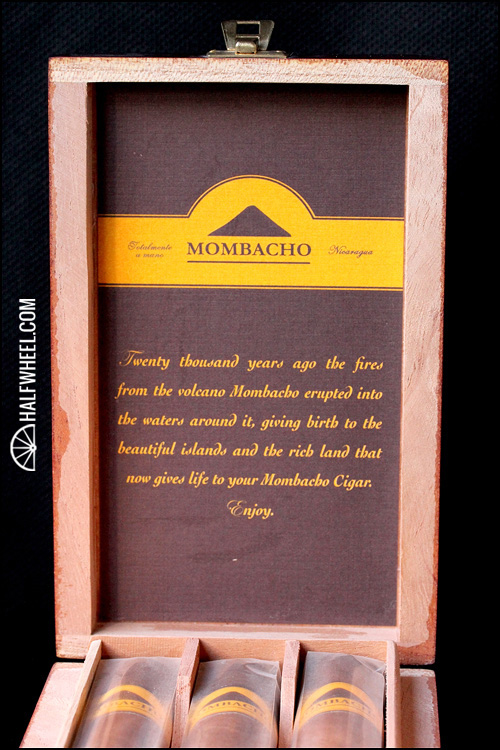
There are three or four rolling tables along the hallway between the humidor and the factory, giving visitors a chance to see Mombacho cigars being rolled. You can tour the facility during the day, but as I found the place later in the evening and was limited on time, my visit consisted of just the humidor and front areas. The name Mombacho comes from the nearby volcano (technically a stratovolcano, for the geologically inclined) which last erupted in 1570. Standing at 4,409 ft/1,344 m high, it is still an active volcano despite not having erupted for nearly 450 years. The surrounding volcanic soil, along with the warm Caribbean climate, are cited by the company as providing ideal growing conditions for tobacco.
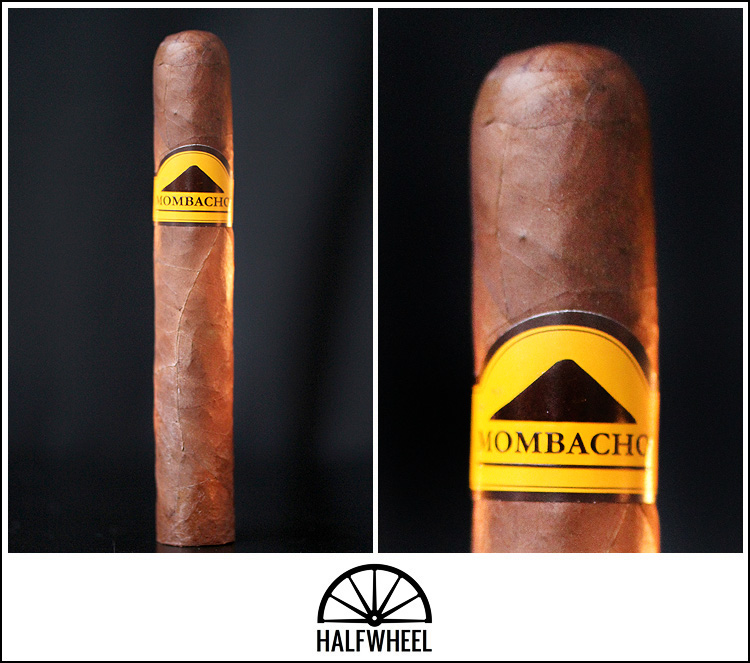
- Cigar Reviewed: Mombacho Clasico Robusto
-
Country of Origin: Nicaragua
-
Factory: Casa Mombacho
-
Wrapper: Indonesian Sumatra
-
Binder: Nicaragua (Estelí)
-
Filler: Nicaragua (Jalapa Valley, Condega, Sumatra)
-
Size: 5 1/2 Inches
-
Ring Gauge: 50
-
Vitola: Robusto
-
MSRP: $9 (Boxes of 24, $216)
-
Date Released: N/A
-
Number of Cigars Released: Regular production
- Number of Cigars Smoked For Review: 3
*Factory pricing, see more below.
The earthy brown Indonesian Sumatra wrapper has some prominent veins and seems it will have some problems in the warm, dry desert air. Pre-light aroma has a brown sugar sweetness, a bit of baking spice and some dry wood; all fairly muted flavors that lack vibrance and don’t jump off the cigar. The cold draw is firm without being tight, carrying a bit of a sour zing on the tip of the tongue and mild notes of cookie dough.
The Mombacho Classico’s first third starts off a bit sour with a touch of spice as the burn line comes sprinting out of the gate. There’s a development of earthy flavors that again don’t show a ton of vibrance with a sour, chalky note lurking in the background. The cigar burns well, if a bit quickly, with the ash holding on nicely.
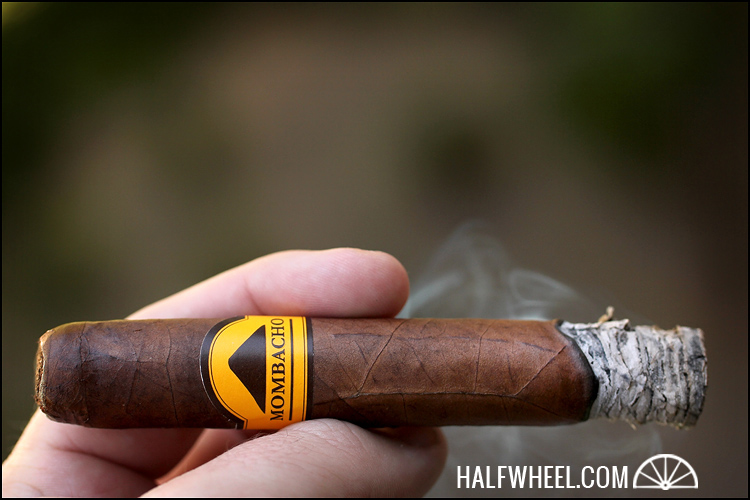
By the start of the second third, the sourness falls off and the overt earthy notes take a step down as well as the overall flavor intensity of the Mombacho Classico mellows just a bit. The burn rate has slowed a bit after a quick start and seems to be in line with most cigars. Try as I might, I can’t seem to coax the cigar to open up or show any new flavors, although I’m not sure how I’d manage to do that.
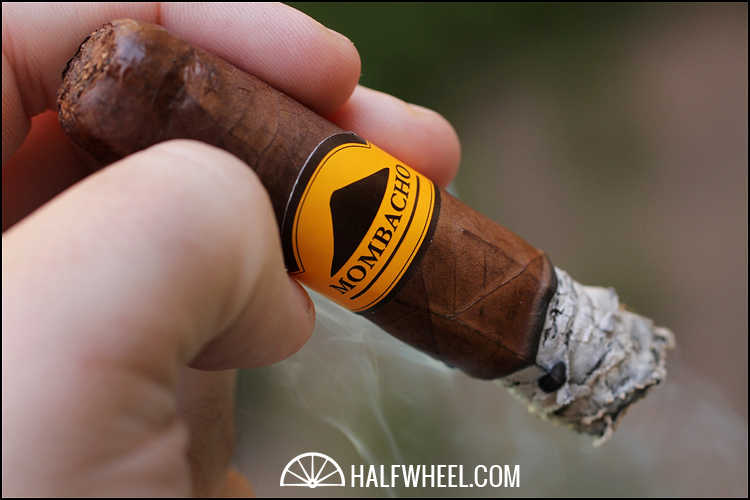
In the final third, there is the slightest flavor changes as the smoke warms up a bit. The burn lines stay fairly even, requiring just one touch up. There’s a spice note that hits dead smack in the middle of the tongue in the final two inches, a bit of a last hurrah in what has been a fairly uneventful cigar. The Mombacho Classico has performed admirably, if leaving quite a bit to be desired on the palate.
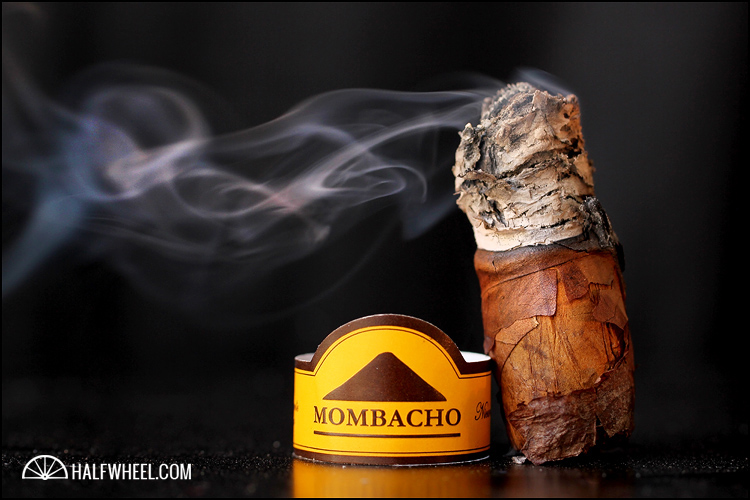
Final Notes
- Even after three cigars, I had surprisingly few notes on this cigar. At times, the flavors were so muted that there was just nothing to write down.
- I can’t remember the last time I smoked a cigar with an Indonesian wrapper. Needless to say I wasn’t impressed by it in this example.
- While Nicaragua makes a lot of cigars, likely to surpass the Dominican this year for the largest producers, almost all of them are made at Estelí and there aren’t any of note made elsewhere.
- According to Raty, taxes and shipping bring the cost up for US customers. I paid $9 per cigar, while the cigars sell for $25 in boxes of three and $20 per piece when ordered in boxes of 24 online.
- The name Mombacho means “mother of our islands” in the local indigenous culture, with its first eruption being traced back nearly 20,000 years ago. That first eruption created a number of islets that dot the surrounding waters below.
- The Mombacho Volcano is home to a national reserve, which in turn is home to numerous species of birds, 700 different types of plants and other wildlife, including the howler monkey. A pair of hiking trails provide access to the volcano, though one is much more difficult and requires a guide, but rewards hikers with a visit to the volcano’s dwarf forest.
- Mombacho thinks so highly of the Spanish cedar boxes they their own web page.
- Availability of Mombacho Cigars in the US is limited, with an unnamed store in the Pittsburgh area carrying it and a bit of sales done out of their Miami office. You can order them via their website, but see the above on pricing.
- Final smoking time is about one hour and 20 minutes.
I can't help but think of this as a second-tier Nicaraguan cigar. When I came across the factory and retail store, I was excited to find a brand I'd never tried and I can't recall seeing in the United States. However, after two cigars it quickly became apparent why that was: the flavors are too muted and lack the bigger, bolder flavors of their Nicaraguan counterparts. It felt like the flavors were always fuzzy and out of focus, or that they were on a leash that never let them loose. The use of an Indonesian Sumatra wrapper is a bit confusing as well, given the relative abundance of tobacco in the area. If you happen to be in Grenada, swing by the factory, take the tour, grab a cigar and head out on the sidewalk for a beverage from one of the neighboring bars and enjoy a historic city with lots of charm. Otherwise, you can pass on this one in favor of any of the other wonderful Nicaraguan cigars.

